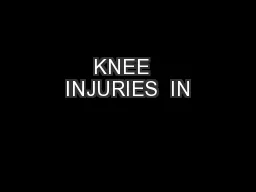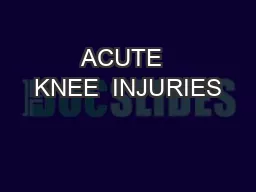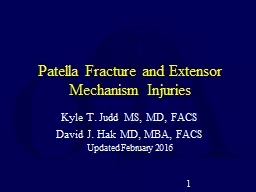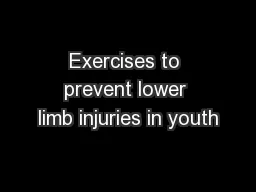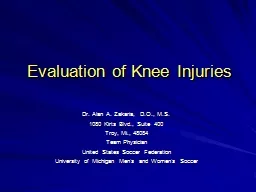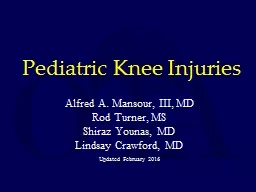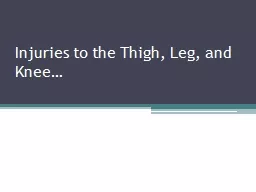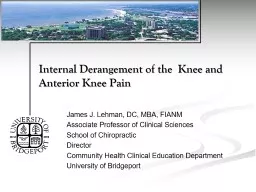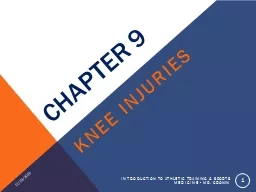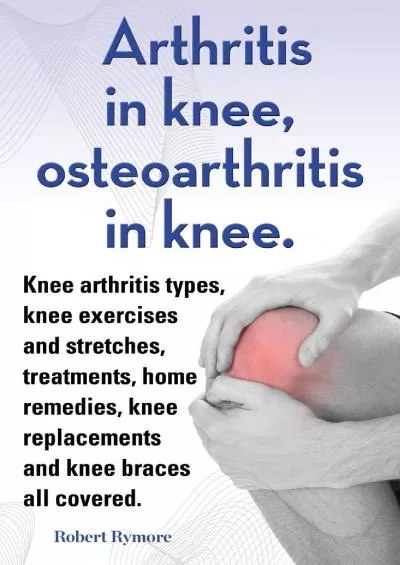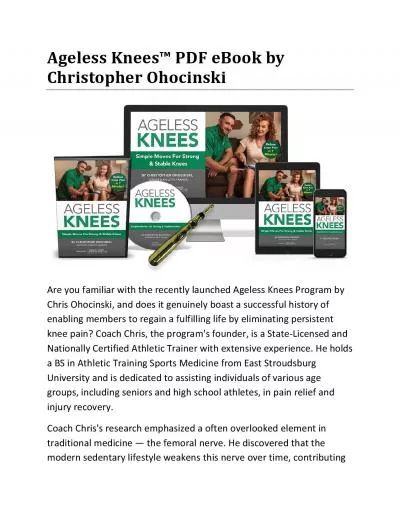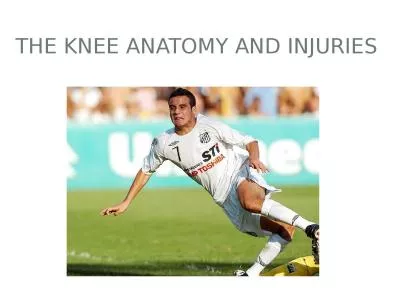PPT-KNEE INJURIES IN
Author : marina-yarberry | Published Date : 2016-07-26
SPORTS MEDICINE Irving Raphael MD June 13 2014 RSM Medical Associates Head Team Physician Syracuse University Outline Meniscal Injuries anatomy Exam Treatment ACL
Presentation Embed Code
Download Presentation
Download Presentation The PPT/PDF document "KNEE INJURIES IN" is the property of its rightful owner. Permission is granted to download and print the materials on this website for personal, non-commercial use only, and to display it on your personal computer provided you do not modify the materials and that you retain all copyright notices contained in the materials. By downloading content from our website, you accept the terms of this agreement.
KNEE INJURIES IN: Transcript
Download Rules Of Document
"KNEE INJURIES IN"The content belongs to its owner. You may download and print it for personal use, without modification, and keep all copyright notices. By downloading, you agree to these terms.
Related Documents

